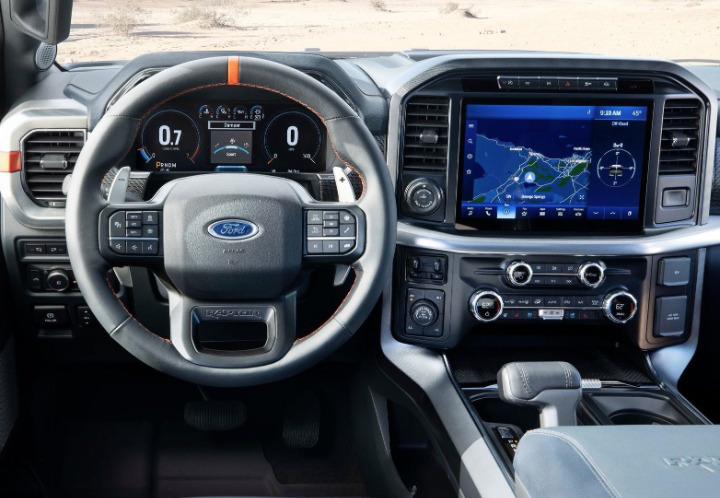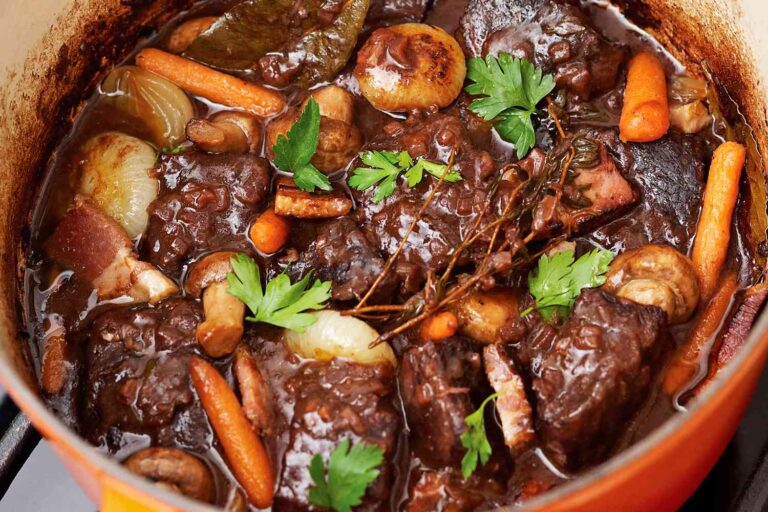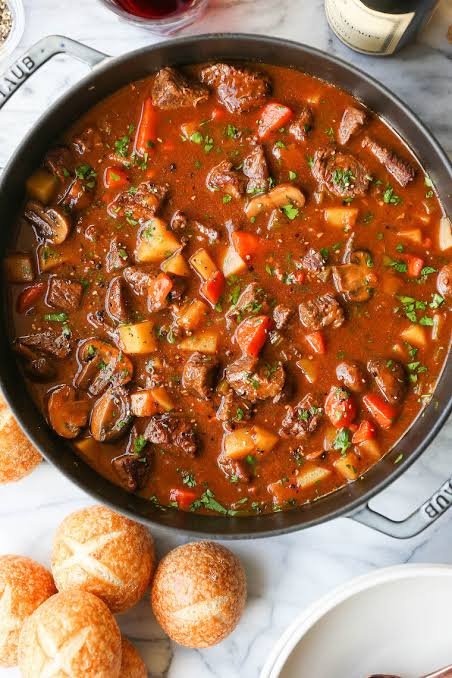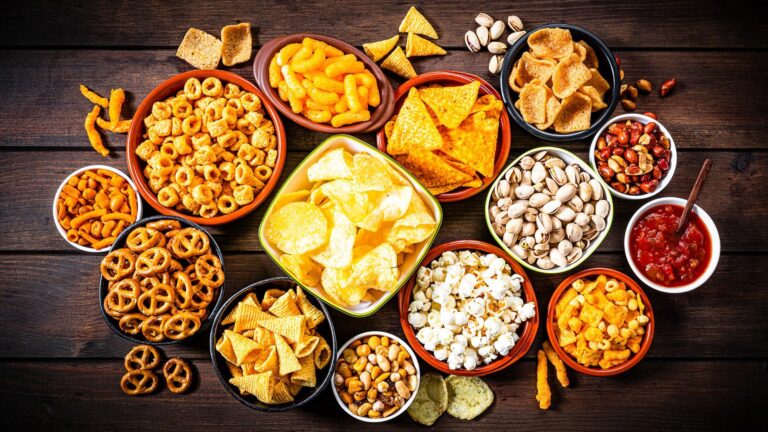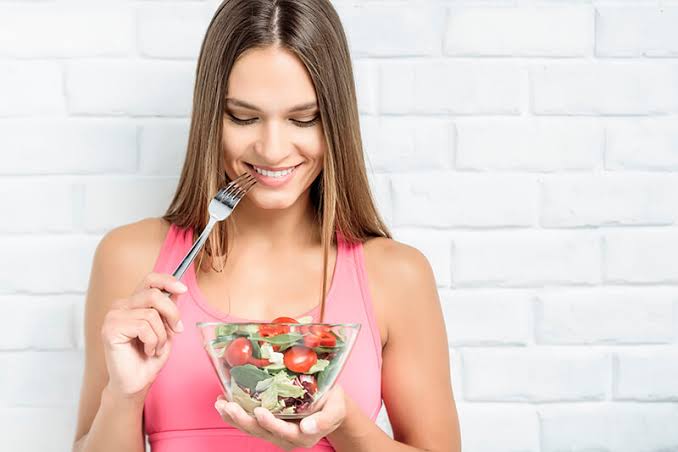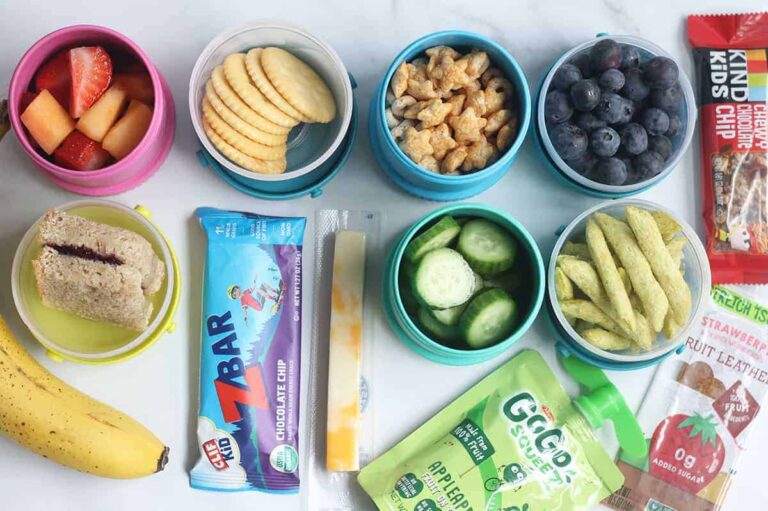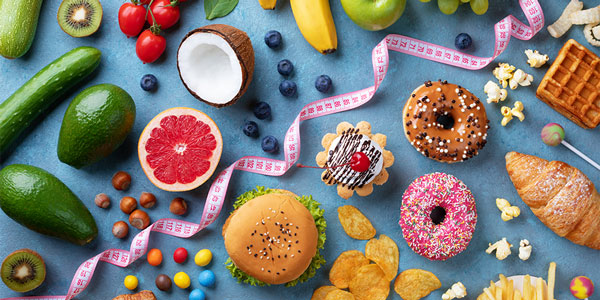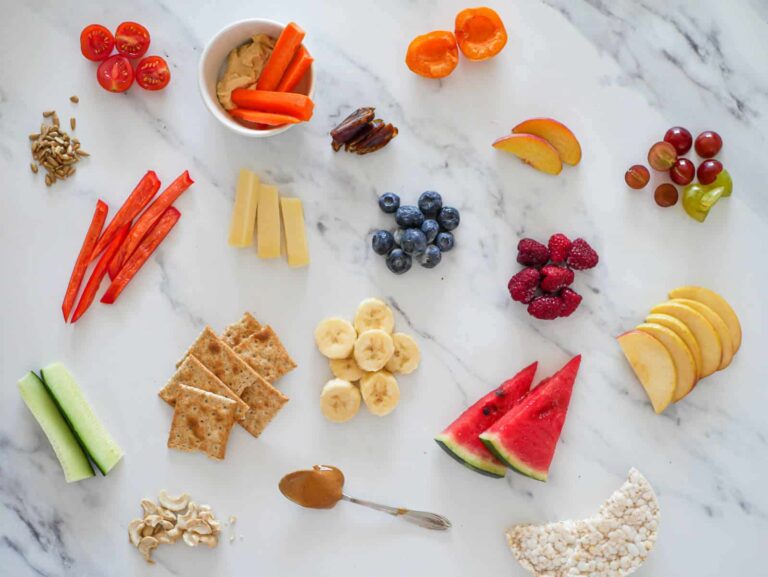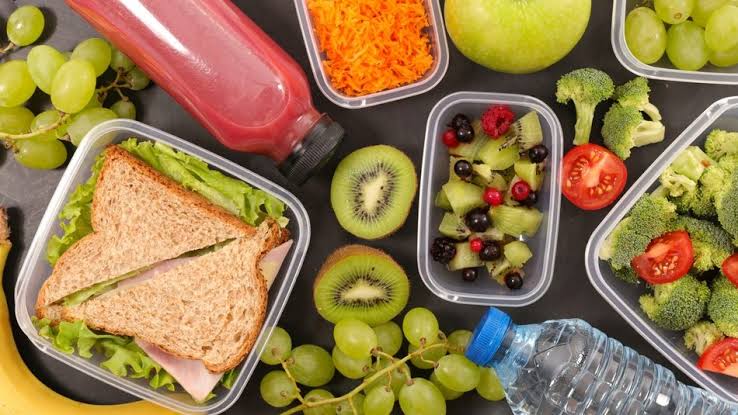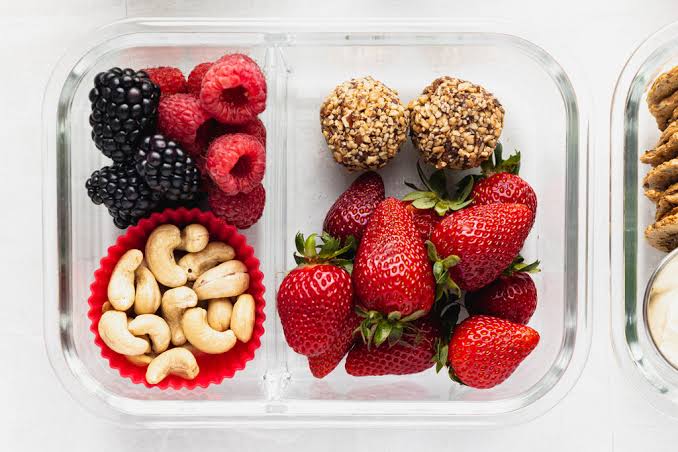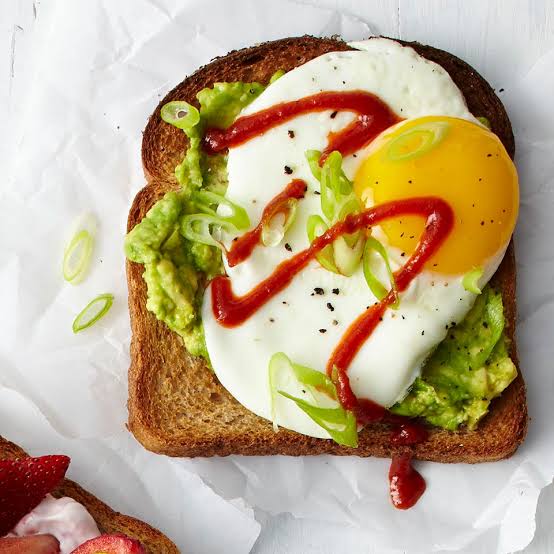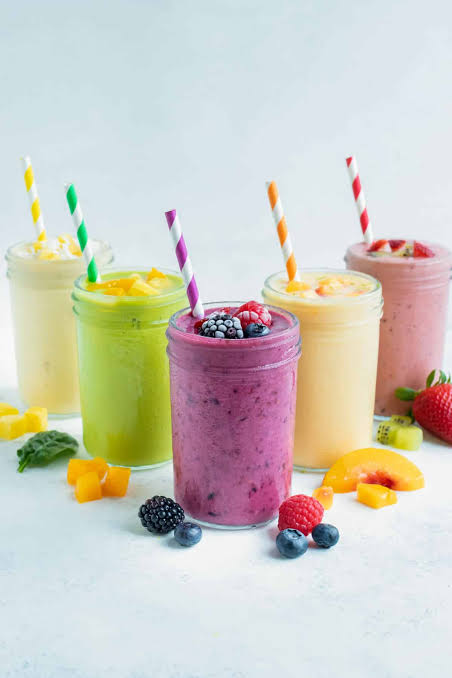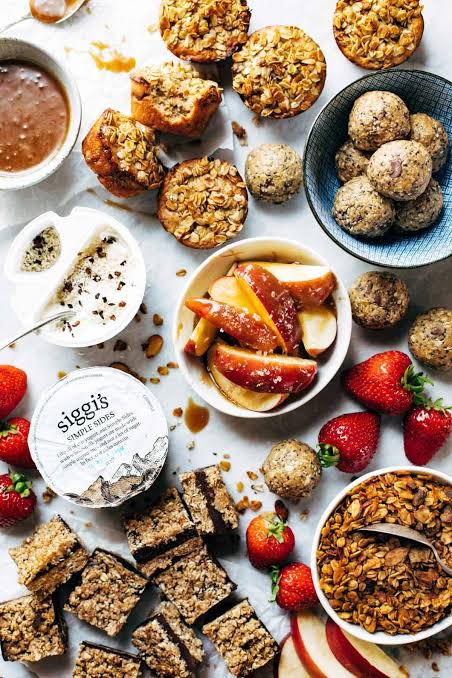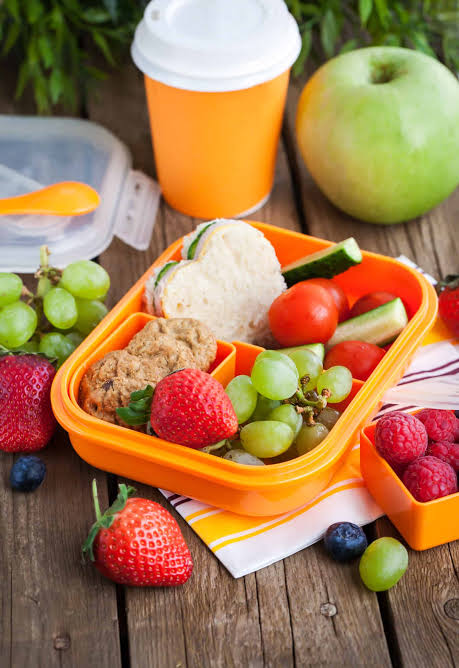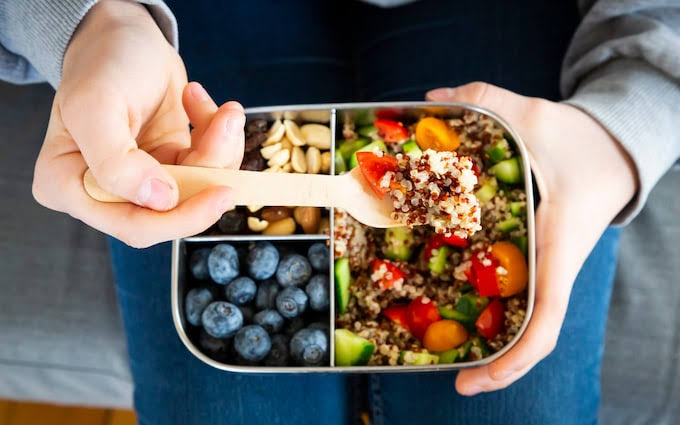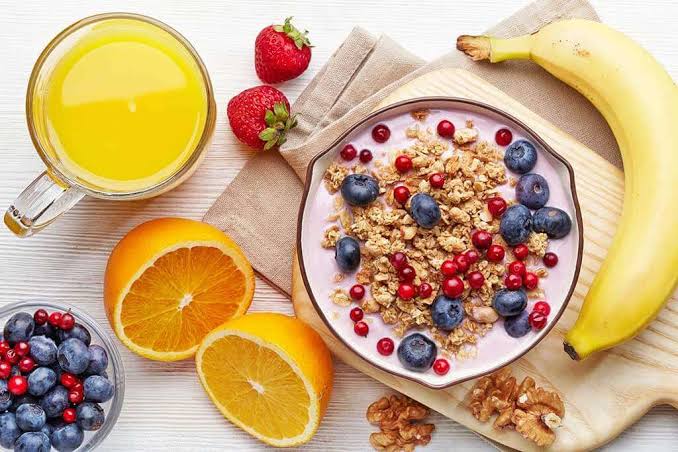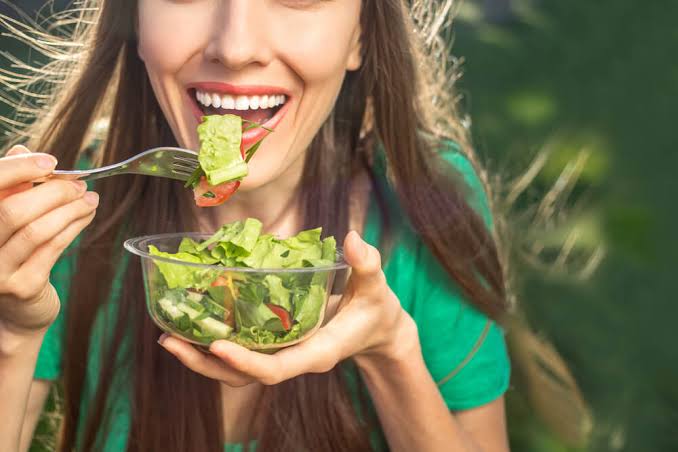A Painting with a Twist studio provides a relaxed and friendly atmosphere where people of all skill levels can come together and create their own works of art.
At a PWT studio, a trained artist leads the class through the process of creating a specific painting. The paintings offered vary by location, but they usually include a wide range of subject matter such as landscapes, animals, and still life. The artist demonstrates each step of the painting process and provides individual assistance to participants as needed.
Painting with a Twist Studio Classes
Painting with a Twist classes typically last two to three hours, and all necessary art supplies are provided. Participants are encouraged to bring their own beverages and snacks to enjoy during the class.
One of the unique features of Painting with a Twist is that it offers private party options for groups such as bachelorette parties, team-building events, and birthday parties. In these private parties, the group can choose the painting they want to create and have the studio to themselves.
Altogether, Painting with a Twist is a fun and creative way to spend time with friends and family while also learning a new skill.

Choosing a Painting With a Twist Studio Location
Choosing the right location for your Painting with a Twist studio is crucial to the success of your business. Here are some factors to consider when selecting a location:
- Visibility: Choose a location that is highly visible and easily accessible. A location with high foot and vehicular traffic will help increase your visibility and attract potential customers.
- Demographics: Consider the demographics of the area where you plan to open your studio. Look for a location with a population that is interested in art and entertainment, and has disposable income to spend on leisure activities.
- Competition: Research other art studios, galleries, and entertainment venues in the area. Choose a location that has little to no direct competition to give your business a competitive edge.
- Size and layout: Choose a location that has enough space to accommodate your customers and art supplies. A space of 1,500 to 2,000 square feet with high ceilings and natural lighting is recommended.
- Parking: Ensure that your location has ample parking for your customers. A parking lot or nearby street parking will make it easier for customers to attend your classes.
- Rent and lease terms: Consider the cost of rent and the lease terms when choosing a location. Look for a location that has favorable lease terms and a reasonable rent that fits within your budget.
- Safety: Choose a location that is safe and secure for your customers. Look for a location with good lighting and security features to provide a safe environment for your customers.
PWT Event Schedules
There are different schedules for Painting with a Twist events, depending on the target audience and the event’s purpose. Here are some examples:
- Regular Classes: Painting with a Twist typically offers regular classes throughout the week, usually lasting for 2-3 hours. These classes are open to anyone, and participants can choose from a variety of paintings to create. These classes can be scheduled during the day or in the evening, depending on the target audience.
- Private Parties: Painting with a Twist also offers private parties for groups of 10 or more people. These parties can be scheduled at any time of the day or week, and the painting selection can be customized based on the group’s preferences. Private parties are often used for corporate team building, birthday celebrations, or bachelorette parties.
- Fundraisers: Painting with a Twist also offers fundraising events, which can be scheduled on weekends or weekdays. The proceeds from these events go towards a specific charity or cause, and participants can paint a specific painting that relates to the cause. Fundraising events are a great way to bring the community together and raise awareness for a specific issue.
- Kids Classes: Painting with a Twist also offers classes specifically for kids, which are usually scheduled on weekends or during school breaks. These classes are shorter in duration (usually 1-2 hours), and the painting selection is tailored to younger audiences. Kids classes are a great way to introduce children to art and creativity in a fun and engaging way.
Overall, Painting with a Twist offers a variety of schedules to accommodate different target audiences and purposes. By choosing the right schedule for your event, you can create a memorable experience for your participants.






